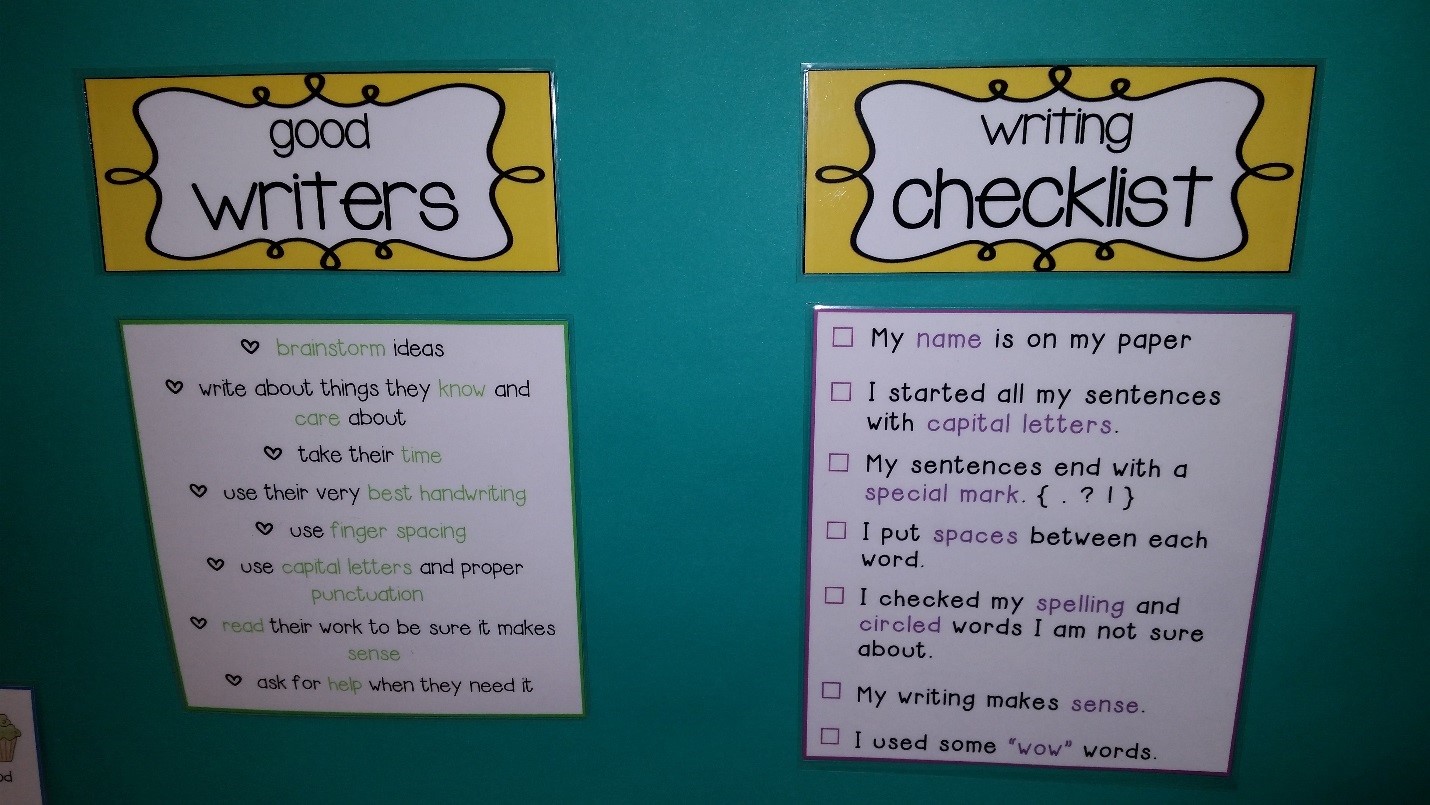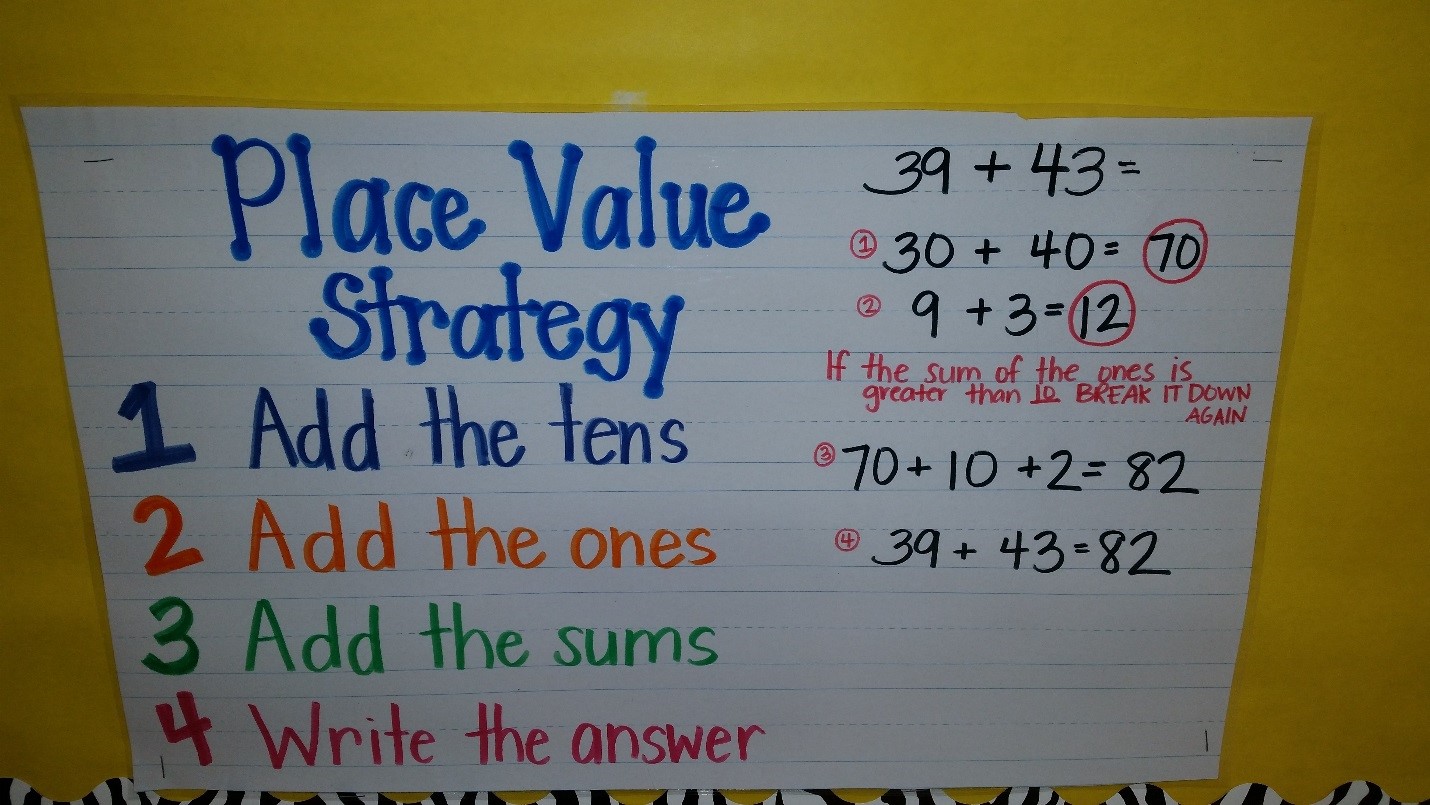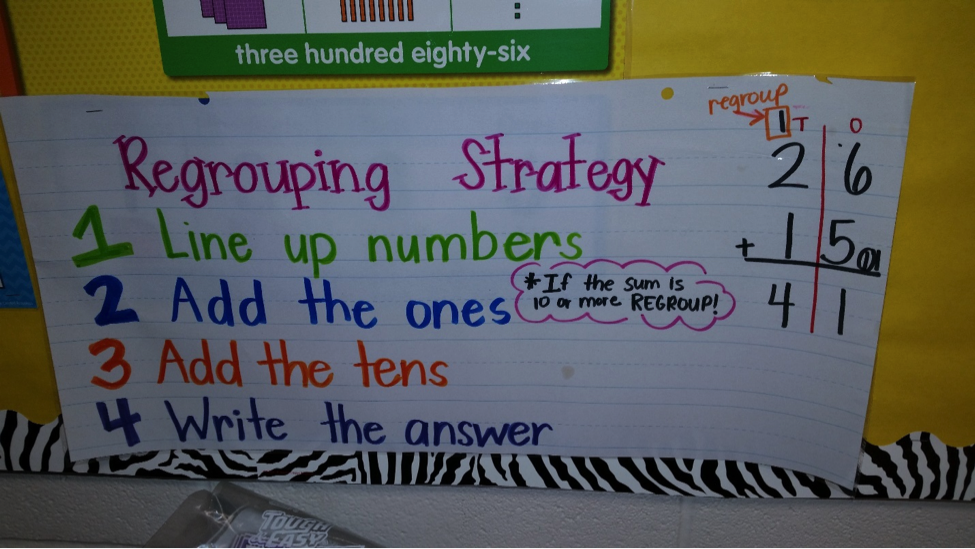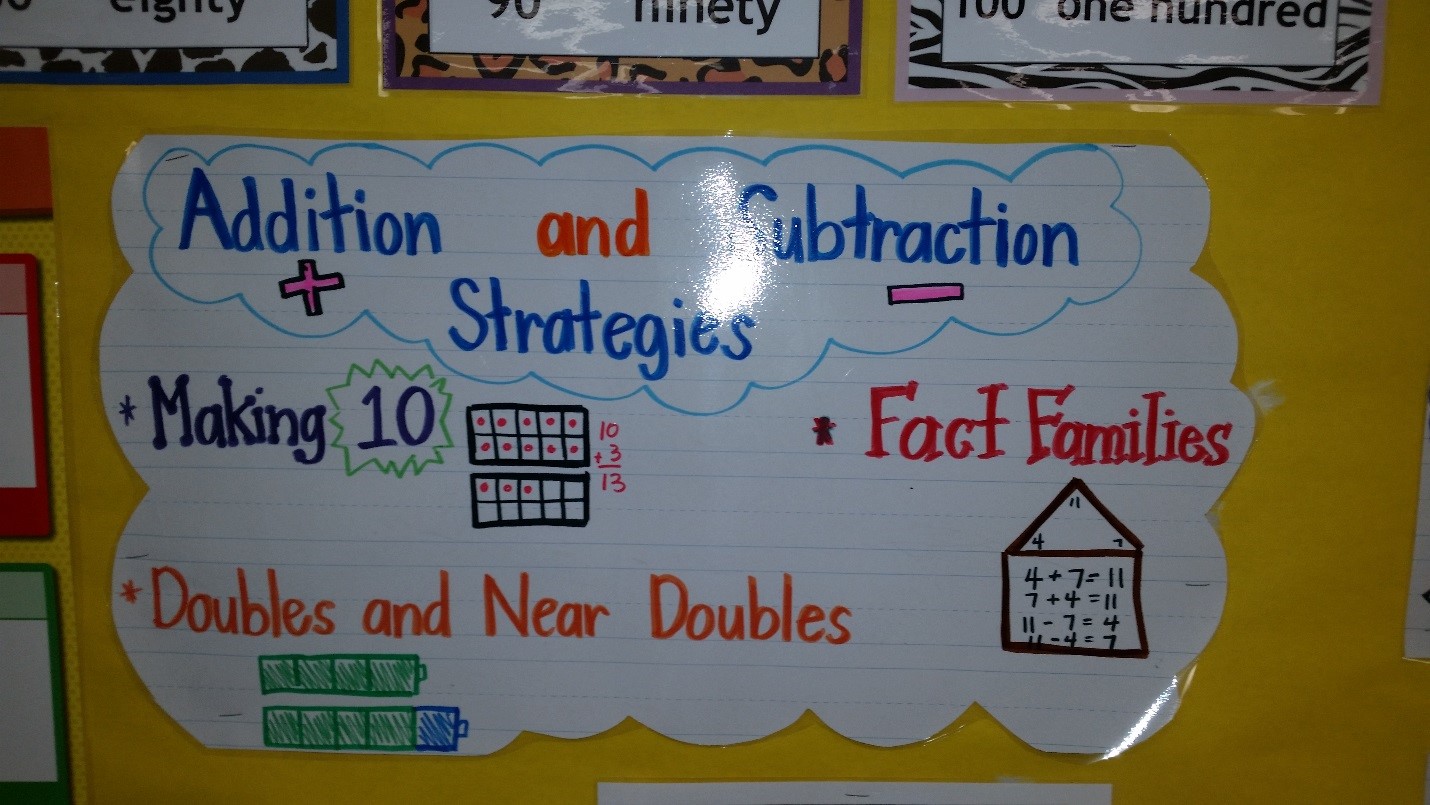Three Steps to Recovery After a Meltdown
Recovery may involve time to do nothing at all. For some students the recovery phase involves a process that takes him or her from a semi-agitated state to a fully calm state.

Consider the following steps:
- Allow the student to engage in the highly preferred/calming activity without setting the timer until he/she appears to have recovered as fully as possible.
- Once he/she is calm, then set the timer for 5-6 minutes. If he/she remains calm and is able to transition to the next activity, then do so and watch for early signs of repeated escalation.
- If he/she requests more time [by giving the timer to the adult], then honor the request and set the timer for 3 or 4 more minutes. Continue until he/she no longer requests more time or staff feel she is ready for a positive transition to the next activity.
Once the person is fully recovered, then it might be possible to debrief and make a plan to prevent future escalation. Pictures and words can help to paint a clear picture and develop a workable plan.
By Lisa Rogers
The Education (K-12) Blogs and Special Ed Q & A are written and maintained weekly by Lisa Rogers with Educating Diverse Learners. Lisa received her M.A. in Special Education with an endorsement in the area of individuals with severe disabilities. Mrs. Rogers has also created products that have been used throughout the state of Texas for training purposes. Through the Association for Texas Professional Educators [ATPE], Ms. Rogers has produced an online course that targets the importance of visual strategies for student with autism spectrum disorders and just released her highly anticipated book titled: Visual Supports for Visual Thinkers.





